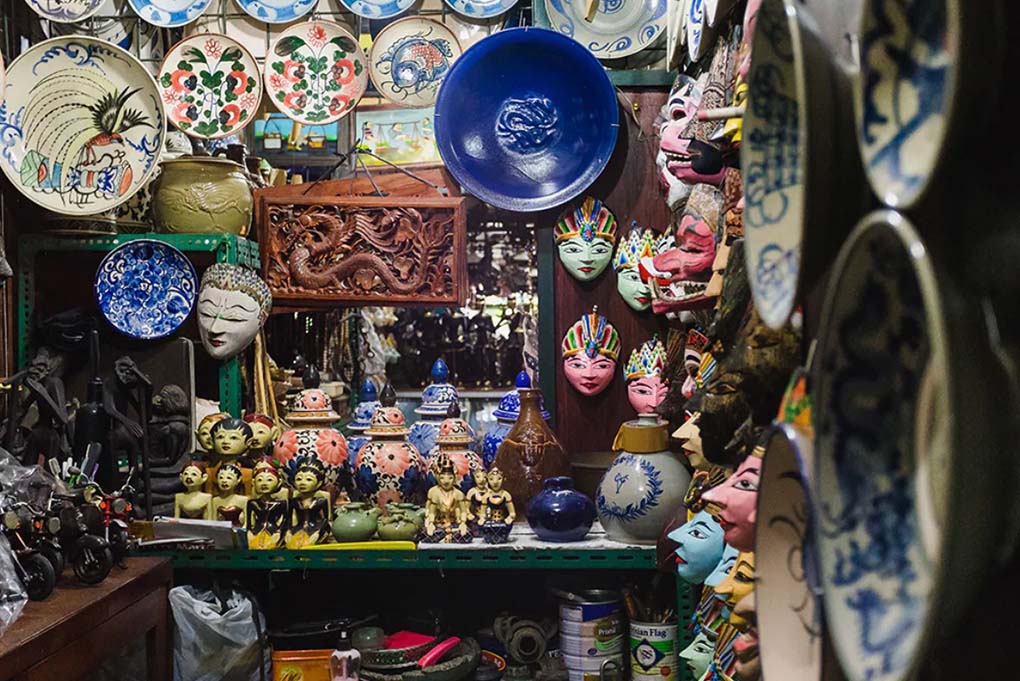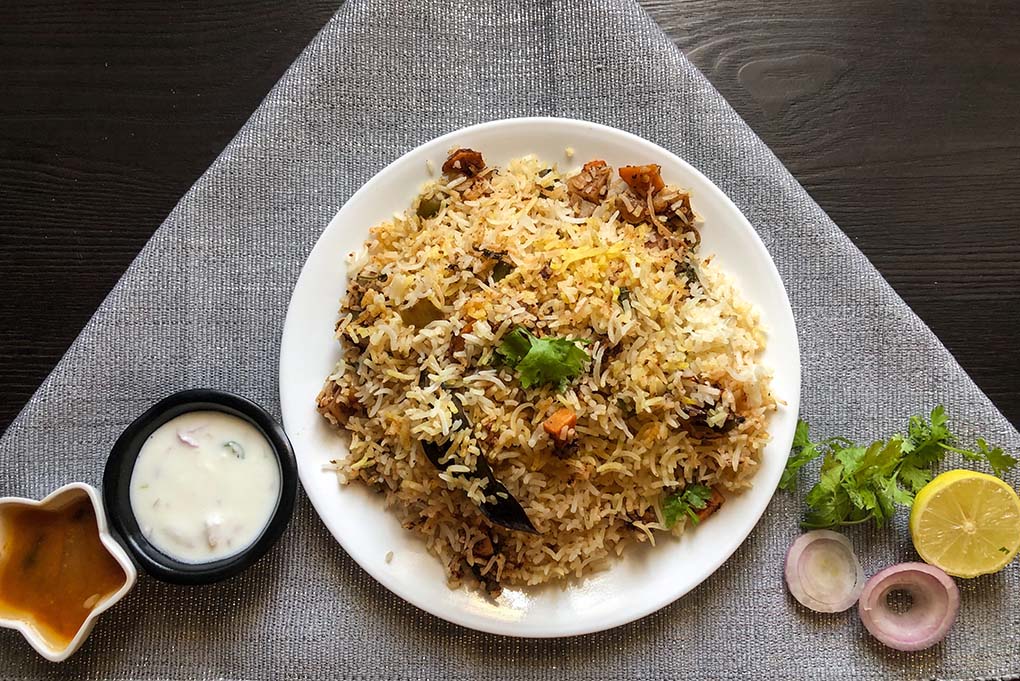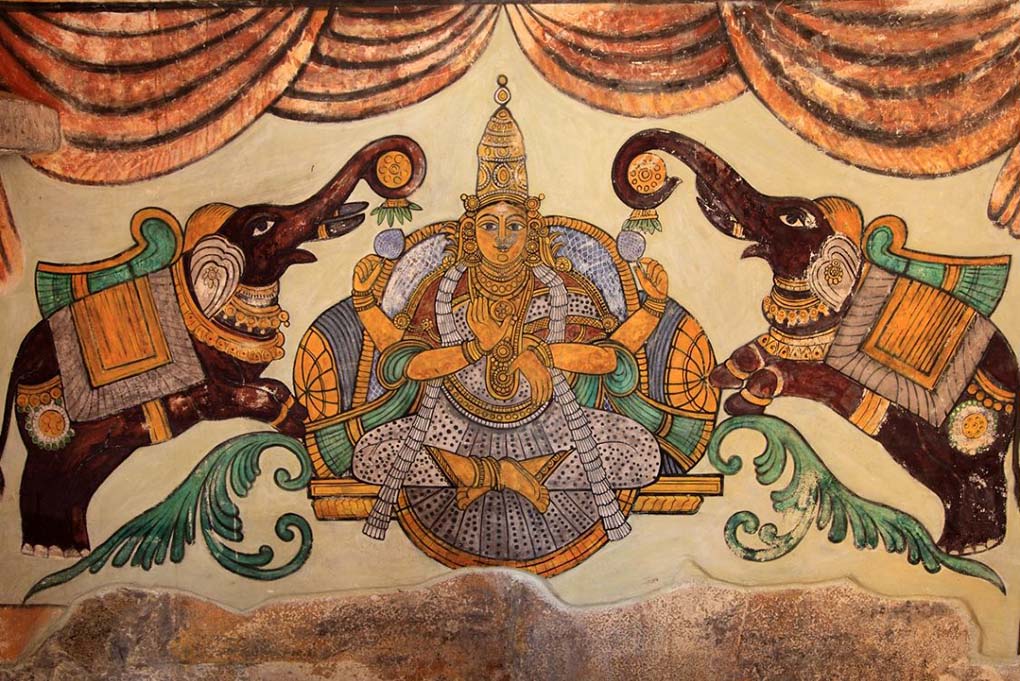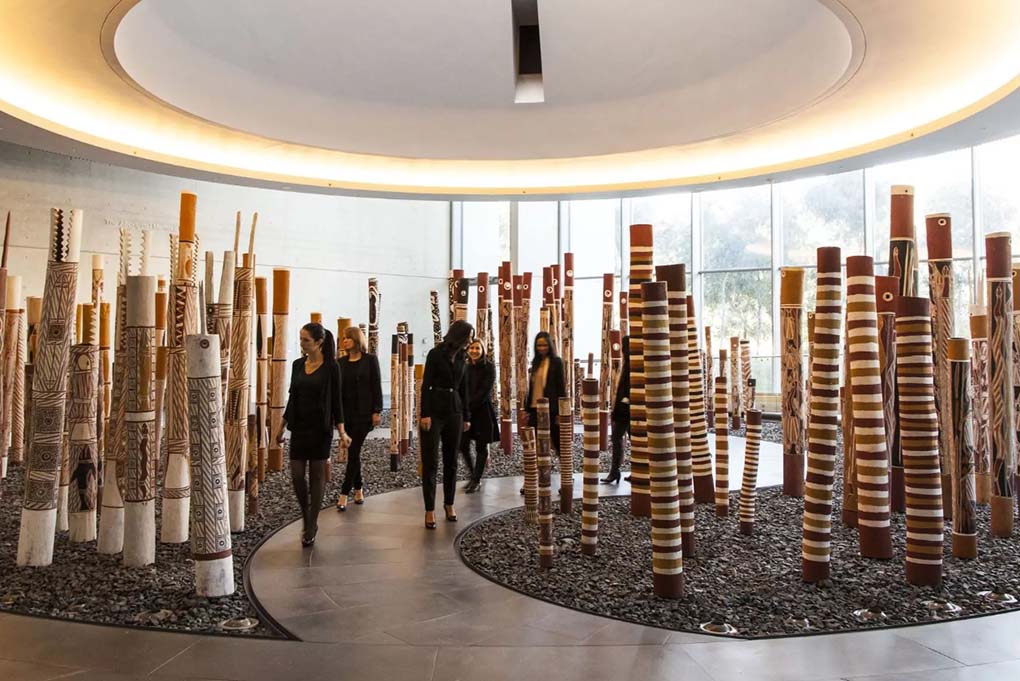Embarking on a journey through the bustling streets of Little India in Singapore, I found myself enveloped in a sensory feast of vibrant hues, alluring fragrances, and the captivating essence of local culture. Amidst the dynamic markets and the aromatic spice stalls, my attention was irresistibly drawn to the distinctive amalgamation of artistry and craftsmanship that forms the soul of this culturally rich neighborhood.
Immersive Exploration of Traditional Art Galleries:
A pinnacle of my expedition was the exploration of local art galleries, where traditional Indian art forms gracefully came to life. The meticulous details of Madhubani paintings and Tanjore art held me captive, with each stroke narrating a profound story of the region’s history and heritage. Engaging in conversations with local artists, I delved into their passion for preserving these time-honored techniques, gaining profound insights into the significance of each piece within the context of Singapore’s diverse cultural tapestry.Immersing myself in the vibrant world of local art galleries became the pinnacle of my expedition, a journey that unraveled the rich tapestry of traditional Indian art forms. As I stepped into these sanctuaries of creativity, I found myself captivated by the graceful dance of Madhubani paintings and the opulent allure of Tanjore art.
The art galleries, adorned with a kaleidoscope of colors, transformed into windows showcasing the soul of India’s artistic legacy. Each stroke on the canvas seemed to narrate a profound story, weaving together threads of history and heritage. The meticulous details of Madhubani paintings, with their intricate patterns and vibrant hues, held me captive, transporting me to a world where every line had a purpose, and every color whispered tales of generations past.
Tanjore art, with its characteristic use of gold leaf and intricate embossing, added another layer of splendor to my artistic odyssey. The gilded elegance of the artwork mirrored the opulence of its historical roots, offering a visual feast that transcended time. Standing before these masterpieces, I felt a profound connection to the artisans who had poured their skill and passion into each creation.
What made this exploration even more enchanting was the opportunity to engage in conversations with local artists. Their dedication to preserving these time-honored techniques was evident in the glint of enthusiasm in their eyes. As we spoke, I delved into the layers of their passion, gaining profound insights into the significance of each piece within the context of Singapore’s diverse cultural tapestry.
The artists generously shared stories of their artistic journeys, allowing me to glimpse the intricate process behind the creation of these masterpieces. They spoke of the cultural significance embedded in every motif, the spiritual undertones that infused each piece with a deeper meaning. It was a dialogue that transcended the realm of art; it was a narrative of cultural preservation and a testament to the resilience of traditions in the face of a rapidly changing world.
As I left each gallery, I carried with me not only the visual imprints of the artwork but also the echoes of the conversations that had enriched my understanding. The exploration of local art galleries had not just been a visual feast; it had been a journey into the heart of tradition, a celebration of the stories etched onto canvases and the hands that breathed life into them.
In those galleries, I found not only the beauty of art but also the beauty of cultural exchange. It was an expedition that left me with a profound appreciation for the artistic heritage of India, interwoven with the cultural mosaic of Singapore. The strokes of Madhubani and the brilliance of Tanjore had become not just artworks but portals into a world where tradition, history, and passion converged in a timeless dance.
Unearthing Treasures in Artisanal Crafts and Handicraft Markets:
Wandering through the winding lanes, I stumbled upon hidden treasures – the artisanal craft markets showcasing an awe-inspiring array of handcrafted wonders. From intricately embroidered textiles to exquisitely carved wooden artifacts, each item seemed to encapsulate the skilled craftsmanship passed down through generations. Engaging with the artisans, I unraveled the meticulous processes behind each creation, solidifying my appreciation for the importance of safeguarding these venerable traditions.Each corner I turned revealed a treasure trove of artistry, from intricately embroidered textiles to exquisitely carved wooden artifacts. It was as if the very soul of the community was woven into every thread and etched into every grain of wood.

The artisanal craft markets emerged as a sanctuary of tradition, showcasing the fruits of skilled craftsmanship that had been passed down through generations. As I meandered through the stalls, the stories behind each creation seemed to unfold like a tapestry of heritage. Vibrant textiles told tales of familial bonds, while meticulously carved artifacts whispered of the hands that had lovingly shaped them over the years.
Engaging with the artisans became a journey into the heart of their craft. Conversations unfolded like chapters of a novel, revealing the meticulous processes and the dedication infused into each creation. The artisan behind the loom spoke passionately about the ancient techniques of textile weaving, her hands moving rhythmically as if choreographing a dance of tradition. The woodcarver shared the secrets of his craft, the chisel and mallet becoming extensions of his artistic expression.
It was through these exchanges that I solidified my appreciation for the profound importance of safeguarding these venerable traditions. Each piece I encountered became more than just a beautiful object; it became a vessel carrying the legacy of a community, a testament to the resilience of age-old techniques in the face of modernity.
The craft markets became a living museum, where tradition was not only preserved but actively celebrated. It was a space where the past and present converged, where the hands that crafted ancient techniques also embraced contemporary influences. The result was a harmonious blend of time-honored craftsmanship and innovative design.
As I left the craft markets, laden with handcrafted treasures, I carried with me not just material artifacts but a deepened understanding of the human stories behind them. The artisans had generously shared not only their skills but also their cultural narratives, creating a connection that transcended the transactional nature of a marketplace.
In the winding lanes, amidst the kaleidoscope of colors and the symphony of craftsmanship, I found more than hidden treasures; I discovered the beating heart of a community. The artisanal craft markets had become a bridge between the past and the present, a testament to the enduring beauty of traditions, and a reminder of the importance of cherishing the human stories embedded in each handcrafted wonder.
Hands-On Experience through Interactive Workshops:
To fully immerse myself in the local artistic narrative, I actively participated in hands-on workshops conducted by master craftsmen. Against the backdrop of rhythmic traditional music, I tried my hand at pottery, weaving, and block printing. These immersive sessions not only deepened my understanding of the artistry involved but also cultivated a profound appreciation for the patience and skill requisite in producing these masterpieces.
Culinary Revelry and Cultural Fusion:
No exploration of Little India would be complete without succumbing to its culinary delights. The vibrant street food stalls and local eateries offered a gastronomic odyssey mirroring the diversity of the community. From the aromatic spices of curry to the saccharine delights of traditional desserts, each flavor resonated with the artistic and cultural tapestry that defines the neighborhood.Embarking on a culinary adventure in Little India was like stepping into a symphony of flavors, where each dish told a story of tradition, heritage, and the vibrant spirit of the community. The bustling street food stalls and local eateries beckoned, promising a gastronomic odyssey that would be as diverse as the tapestry of the neighborhood itself.
The aromatic spices of curry wafted through the air, luring me towards a lively street food stall where a charismatic chef skillfully stirred a giant pot of simmering curry. The vibrant colors and intoxicating aroma hinted at the depth of flavors awaiting my taste buds. As I took my first bite, the explosion of spices danced on my palate, a harmonious blend of turmeric, cumin, and coriander that transported me to the heart of India. It wasn’t just a meal; it was a culinary voyage through the streets of Little India.
The journey continued with a visit to a local eatery renowned for its biryani, the fragrant rice dish layered with marinated meat and aromatic spices. Each grain of rice carried the essence of the spices, while the tender meat melted in my mouth, leaving an indelible mark of satisfaction. The culinary artisans behind these dishes seemed to weave magic with their recipes, creating a sensory experience that mirrored the rich cultural tapestry of the neighborhood.

Amidst the savory delights, the sweet symphony of traditional desserts beckoned. A tiny dessert stall caught my eye, offering an array of saccharine delights that ranged from gulab jamun to jalebi. Each bite was a celebration of sweetness, a perfect counterpoint to the savory treasures discovered earlier. The intricate balance of flavors, from the floral notes of rosewater to the earthy richness of cardamom, spoke to the craftsmanship that went into each dessert.
What made this culinary exploration truly special was the sense of community that infused every dish. Conversations with local chefs revealed the stories behind their recipes, the family traditions passed down through generations, and the pride they took in presenting the authentic flavors of their homeland to visitors like me. It wasn’t just about the food; it was about the people who poured their passion into every dish, creating a sense of connection that transcended the act of dining.
As I concluded my culinary escapade through Little India, I couldn’t help but feel grateful for the diverse and delectable journey I had experienced. The neighborhood’s culinary wonders had not only tantalized my taste buds but had also provided a window into the cultural soul of the community. Little India had become more than a destination; it was a feast for the senses, a celebration of flavors that resonated with the artistic and cultural vibrancy that defines this enchanting corner of the city.
My odyssey through the art-infused streets of Little India in Singapore was an enriching and immersive experience. The intricate details of traditional art forms, the narratives encapsulated in handmade creations, and the seamless fusion of cultural elements in every facet of life left an indelible mark on my understanding of local identity. Little India is more than a geographical location; it is a vibrant canvas depicting a community’s resilience, creativity, and unwavering commitment to preserving its unique cultural heritage.



